This year McKinley High School’s May Day performance will take place on May 9 from 6 to 8 p.m.
This year’s theme will highlight the older, more traditional style of hula, inspired by the iconic Kodak Hula Show, a Waikiki staple from 1937 to 2002. This style of hula focuses on storytelling through facial expressions and simple movements.
“Most of the beauty, why people were captivated [by hula] was through expressions,” math teacher Justin Collado said, “If you tell yourself you’re beautiful and you translate that into your movements, you can be beautiful.”
Collado describes himself as being the director of May Day since he is in charge of putting everyone and everything together to create the show. The reason he wanted to put on a May Day show this year is because he helped put the show together last year alongside another teacher, who he refers to as Aunty Gina, who retired last year. Collado wanted to see if he could put on the production by himself and he said that he knows he can always ask Aunty Gina for help if necessary.
Since Collado is a teacher as well, he said it makes being in charge of May Day a challenge. All May Day preparations have to be done outside of class, meaning staying later after school. Collado also said he works another job which makes balancing these responsibilities a challenge.

Collado has been doing hula informally since a young age and joined a hula halau this past year. He is in charge of teaching the May Day Court their dance, which he said is going well and he is happy with their progress.
“I’m not worried at all because it will end up being fun and that’s the main thing,” he said.
Collado also told The Pinion about some of the community members interested in coming to McKinley’s May Day performance this year including former Lei Queens for the City and County of Honolulu’s Lei Day Program Aunty Puamana Crabbe and Aunty Perle Marie Puamōhala Kaholokula.
Shai Simbahon (c/o ‘25), this year’s May Day King, said, “It feels daunting knowing that those who do hula in a professional environment will be watching us. However it’s a huge honor knowing that they want to watch and support us.”
Knowing that these former lei day queens are coming to watch their performance, it makes some of the performers nervous because they know what a big deal it is but it also motivates them to work harder.
“I feel really honored to represent this tradition and hope I can live up to the legacy they’ve helped create,” said Maleah Acidera (c/o ‘25), this year’s May Day Queen.
Collado said that while they aim for a good show, it is essential that the audience remember it’s not a professional program.
“[This show should be] something that we can be proud of and have fun doing,” he said.
Unlike last year, there will only be a night show this year. Principal Ron Okamura recommended not having a May Day school assembly day performance this year so there is no disruption during the school day. Many of the performers who were a part of the show last year expressed disappointment about not having a day show performance for the whole school this year.
Angriel Olap (c/o ‘25), a returning performer from last year, said how many students do not come to the night show so the school assembly was how they were able to enjoy May Day.
“I feel like a lot of students are going to miss out, it’s really disappointing but I understand,” Olap said.
When the King and Queen, Simbahon and Acidera, found out about their role in May Day this year, they were both surprised and shocked. To get their role, they had to audition by presenting a hula of their choice in front of a group of kumus including Collado. Collado was the one who had the final say in assigning roles to everyone who auditioned.
Simbahon and Acidera said there are high expectations for them such as being good role models and leaders for others on May Day Court.
To Acidera, this means leading with kindness, humility and confidence. She said she tries to make sure everyone is respected and included. She said that she wants to be someone others can count on.
“It’s all about setting the tone for unity and aloha,” Acidera said.
Simbahon said that he was never quite the leader type of person, but he always tries to give everyone support and offers his help when needed.
“I try to let my other court members know that it’s not always about getting every move correct, but about feeling the music and having fun,” Simbahon said.
Both Simbahon and Acidera agreed that the roles they got this year are a huge honor for them, but come with a lot of pressure and more responsibilities compared to last year.
Regarding how their Court hula dance practices are going, both Acidera and Simbahon said they are going well but expressed how much practice is needed in preparation for the performance.
“It’s a lot of going through things over and over again [making] small little tweaks and stylistic changes,” Simbahon said, “Our dancers are picking up the choreography really quickly. We have pretty much all the dances down, we’re just fixing things stylistically.”
On top of the Court hula dance, as the King and Queen of May Day, both Acidera and Simbahon came up with their own hula dance for a solo. Acidera said that she had some prior experience with hula but has not danced in awhile. Simbahon said that he did not have any prior hula experience besides these last two years, participating in May Day.
“I am so happy that I get to learn and get more hula experience thanks to Mr. Collado,” Simbahon said.
For their solo, they had to first choose a song they wanted to dance to. There were no limitations for their song choice, as it was completely based on their personal preference. Then they worked on developing their dance so that it represents the song well to tell the story.
Acidera said this was the most challenging part of May Day since she doesn’t speak Hawaiian fluently so she needed to translate the song into English. She knows it’s important the hula dance matches with the song, since some of the people in the audience speak Hawaiian fluently.
“They’re going to know what you’re dancing, so you can’t just make stuff up,” she said.
Acidera’s favorite part of May Day is dancing for everyone and sharing the mele through dance.
“It’s very unique to do that and it’s something so different,” Acidera said.
Acidera said that to her, May Day is important because she can showcase her love for her Hawaiian heritage by telling stories through dance. Acidera said that she comes from a mixed background that also includes Filipino, Spanish and Italian cultures.
“I’m really proud of all parts of my heritage and being part of May Day gives me a special chance to honor my culture and celebrate it in a special way,” Acidera said.
She also said it is an important time to see all the other cultures showcase themselves in their performances.
“It’s very fun to see it all come together to life.” Acidera said.
To Simbahon, May Day is a day where everyone comes together to celebrate their culture and it’s a time to get to know other cultures better. Simbahon said that he grew up mainly around Hawaiian and Filipino influences but is also Chinese, Japanese, Portuguese and Caucasian.
“At this school, we don’t have a lot going with our cultures. May Day gives us an opportunity to connect with our heritage,” Simbahon said.
Simbahon also told the Pinion about how hula is a big part of his family, but is something that he never became involved in. Both of his parents did hula in their youth and he knows a lot of extended family members that do hula because they love it and want to continue the tradition.
“This is a really good way to reconnect with my family in a different way that I haven’t before,” he said.
Ikaika Ibara (c/o ‘25) was also part of May Day court this year, representing the island of Molokai. This was an important honor for him because his family is from Molokai, which was something he mentioned during his audition for May Day court. Ibara’s great great grandfather, William Nakeleawe Kamakana, was once the landowner of most land in Mokai.
“It was very important for me to be able to represent this mokupuni because my ‘ohana is from that island,” Ibara said.
Another role Ibara had in helping to prepare for May Day was sometimes working with the boys on their Court dance. He explained how he dances for the same hula halau as Collado, so Collado has trust in his hula skills, allowing him to help teach the boys their dance here and there.
“It’s not a really big role, I would say, but it’s just like anything, when you’re a part of a group, you help each other become the best,” Ibara said.
Ibara also expressed the dedication and responsibility everyone needs to have for all of their practices in preparation for May Day. He said he believes it doesn’t matter your role in May Day, big or small, everyone has that kuleana to guide each other and help bring out the best results for the show.
Ibara said, “Because you are doing all these practices, putting all this dedication into performing your hula, giving your mele and sharing this part of our culture, every person, I believe, is a key aspect in the result.”
To Ibara, May Day is a celebration of cultures and lei. He said that a lot of people describe May Day as Lei Day, with lots of beautiful Kui style leis and Lei Po’o. He also expressed how there are so many different cultures celebrated during May Day from all over the Pacific.
“It’s a celebration of cultures and how unique our people are here. It’s just a beautiful thing,” Ibara said.




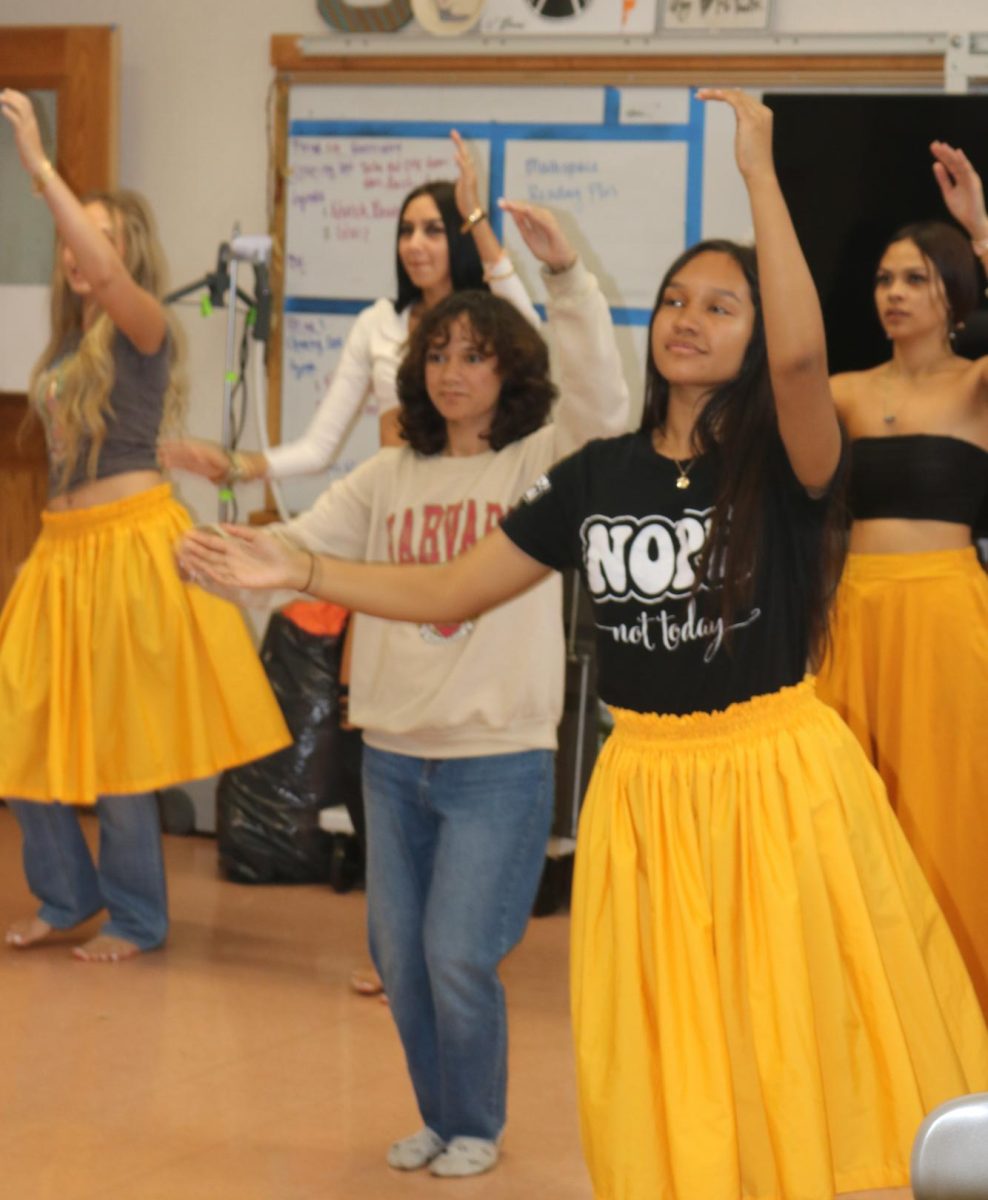

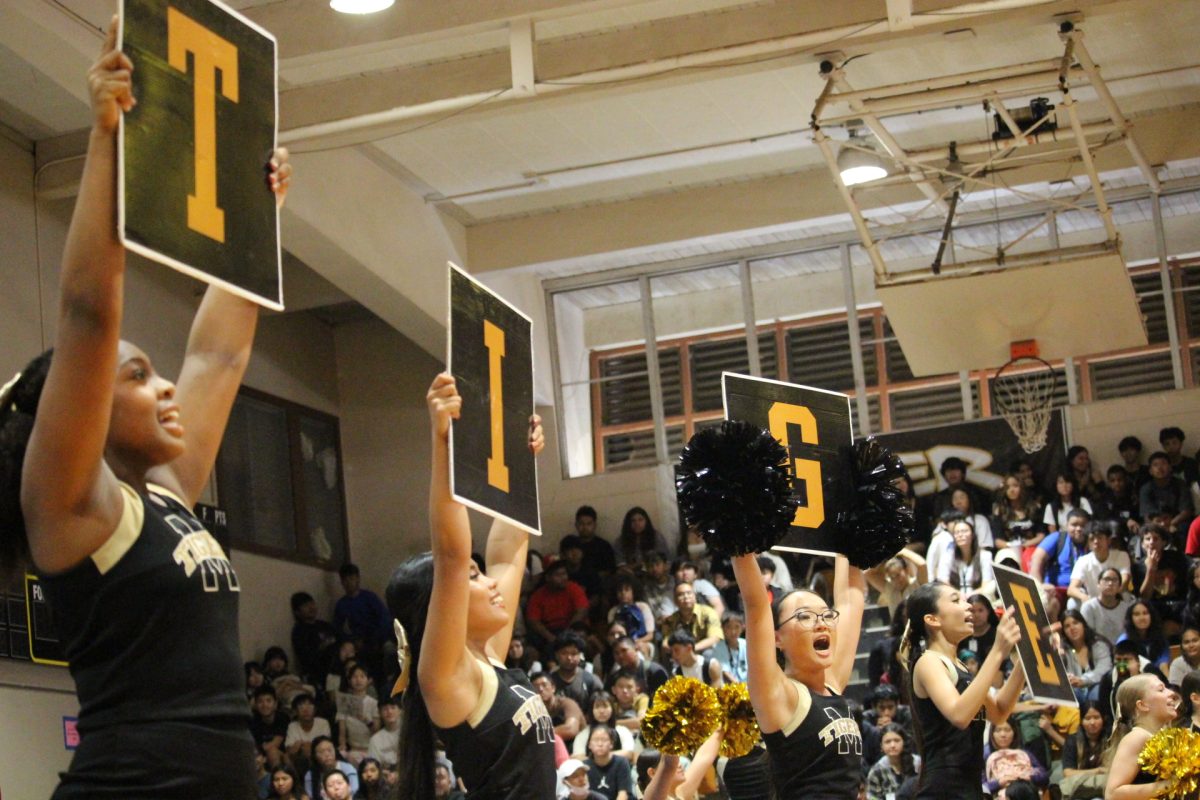

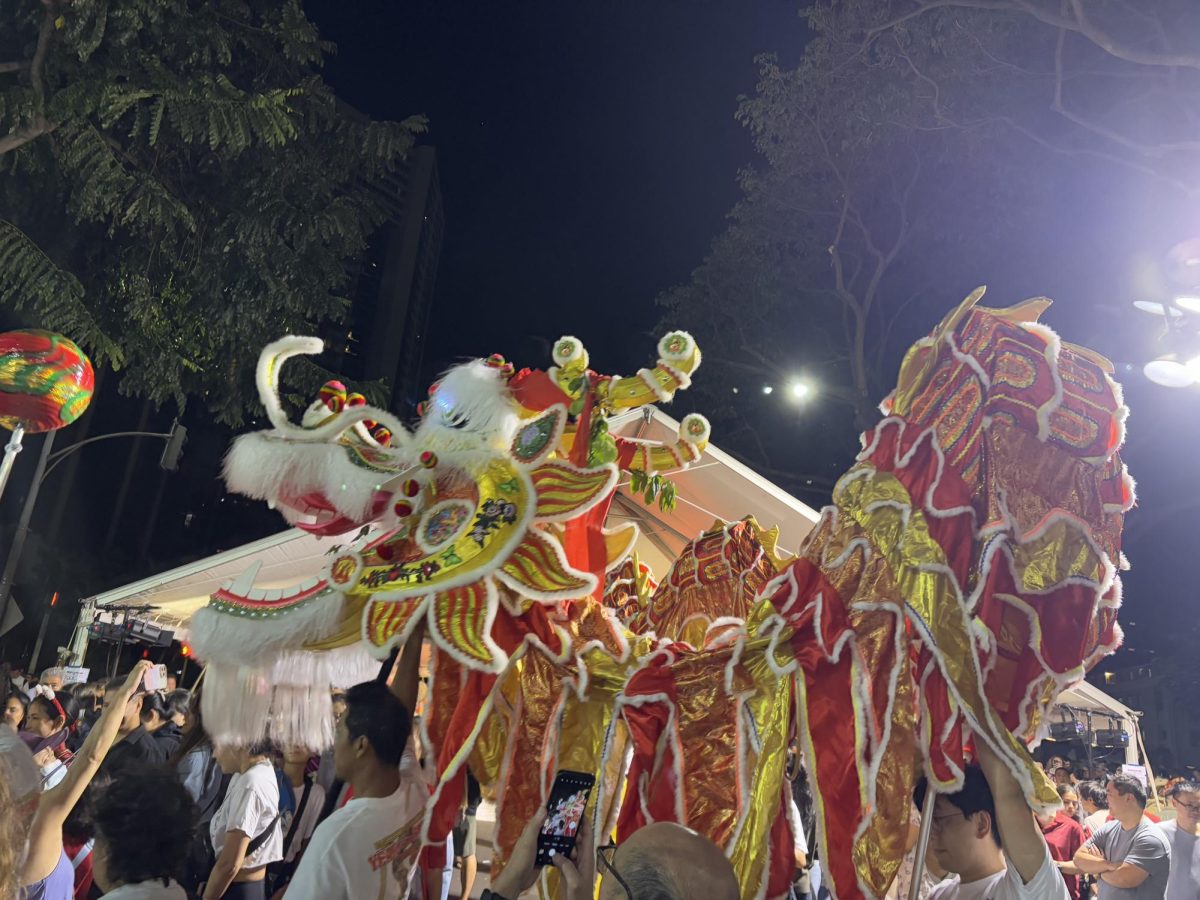
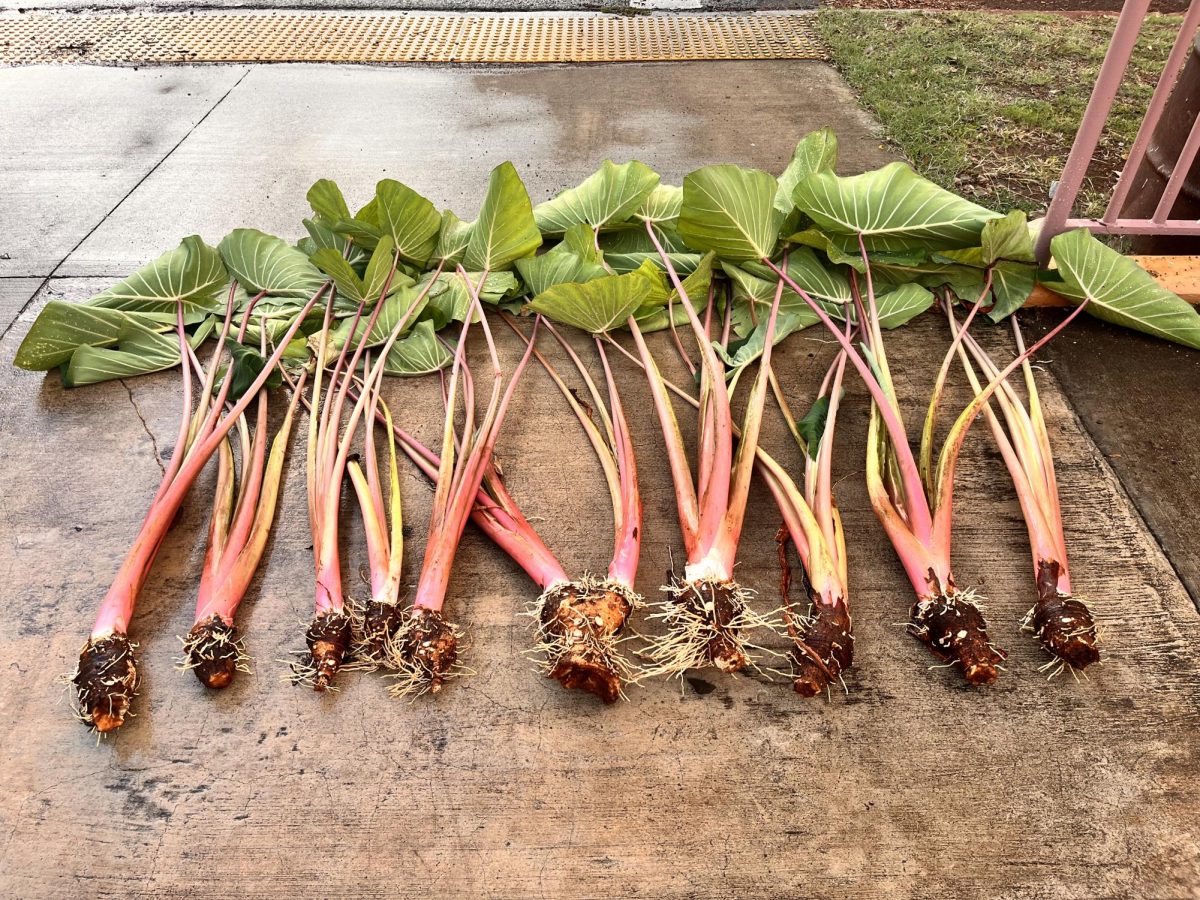
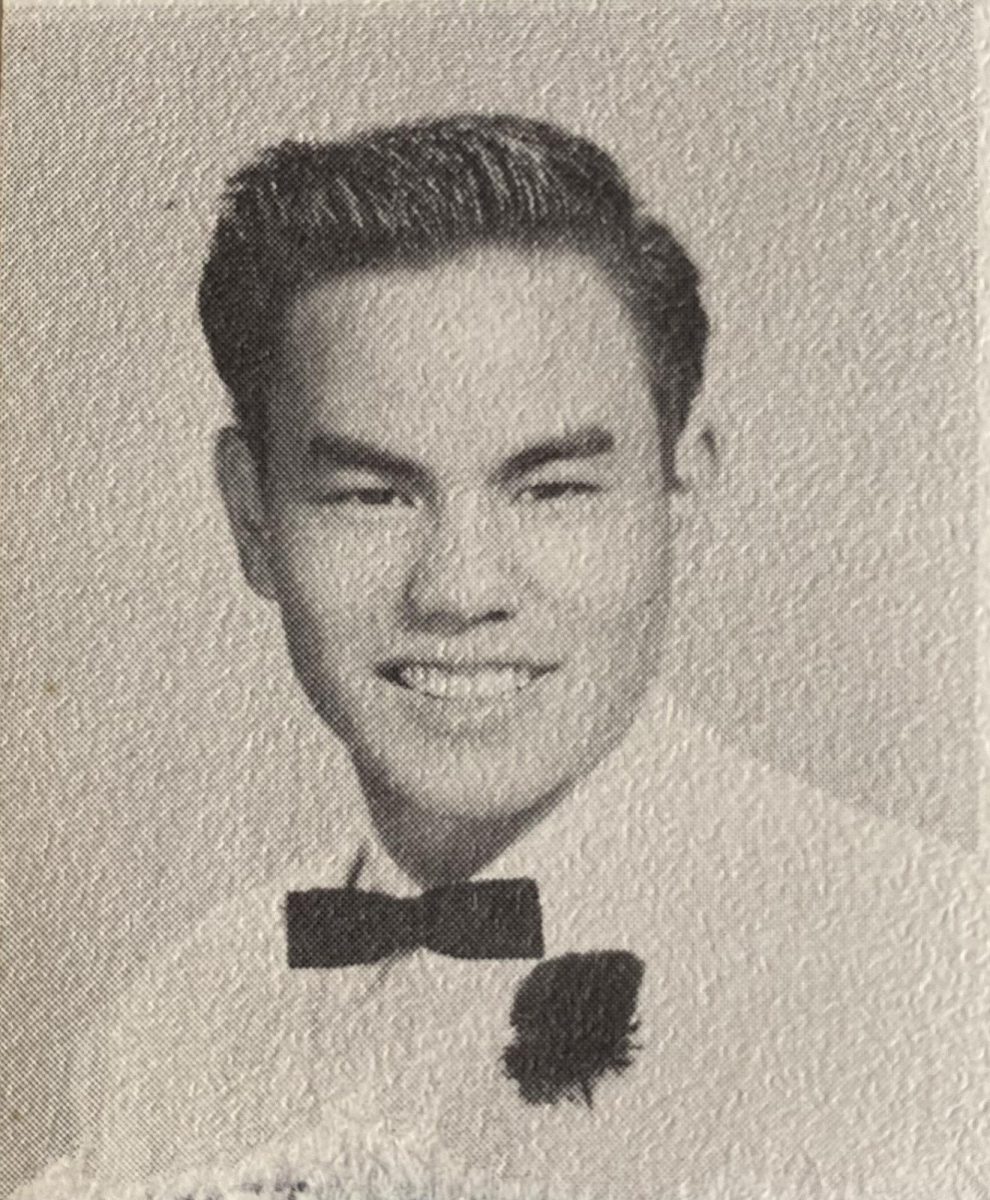


George A • May 9, 2025 at 6:47 PM
Enjoyed it very much. I have the sense of being at the Merry Monarch🤙🏼🥰